Hollow Knight: Silksong as a Dad - What My Daughters Taught Me About Difficulty
Worried Hollow Knight: Silksong is too difficult? This gamer dad spent 40 hours in Pharloom with his daughters and learned that age, patience, and pattern recognition matter more than reflexes. Here's why this 'impossible' game might be perfect for mature players—and families gaming together.
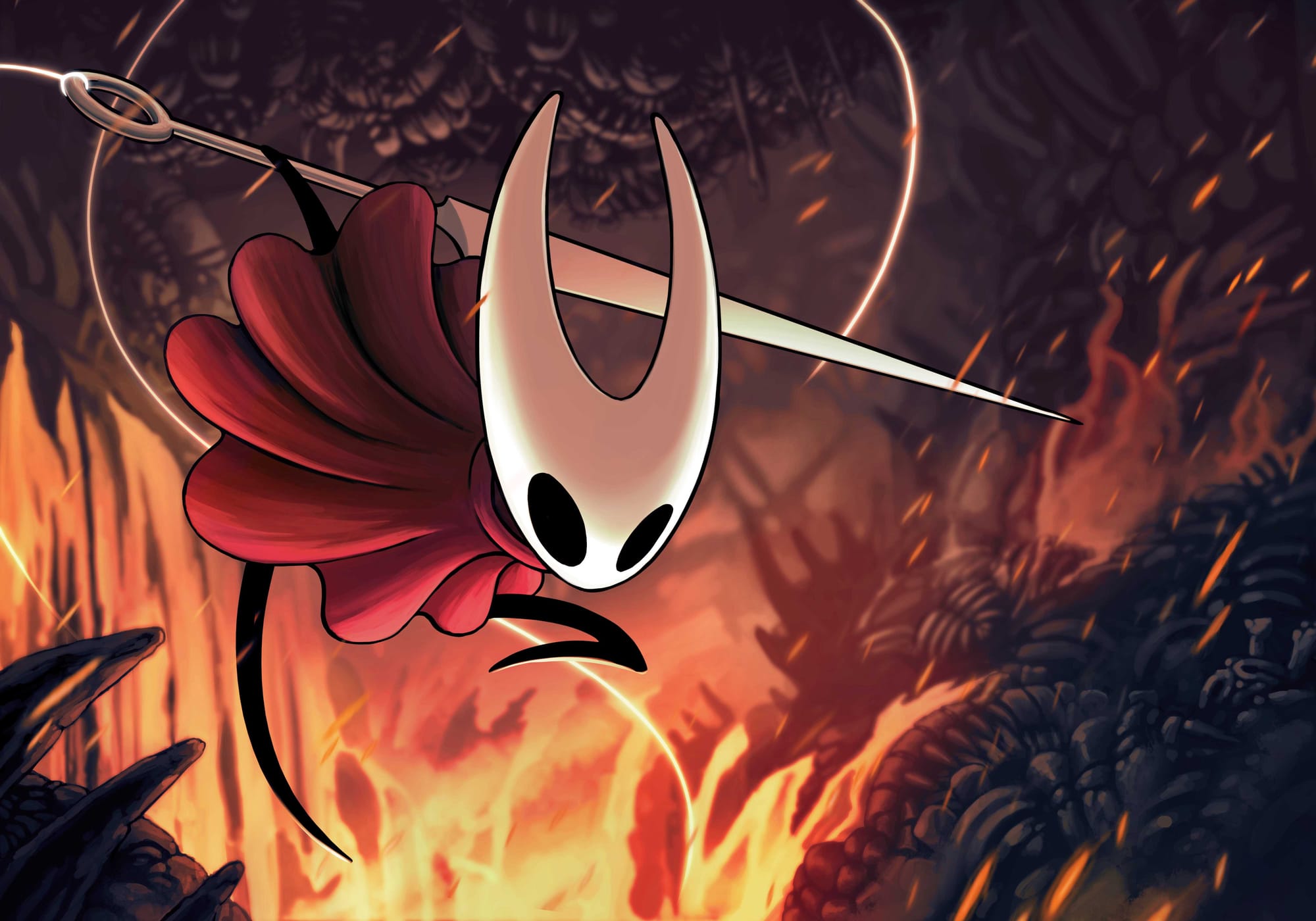
Every once in a while, a game comes along that weaves craftsmanship, ambitious difficulty, and magnificent storytelling into something far greater than the sum of its parts. For me and my daughters, the first Hollow Knight became one of the (not so) hidden gems of the early Nintendo Switch era. While I was the one wrestling with its bosses, they sat beside me, inventing stories about its strange bug world and cheering me on. It was challenging, beautiful, and—most importantly—something we experienced together.
Fast forward to now, and with Hollow Knight: Silksong finally arriving—just in time for the Halloween season—the anticipation in our house feels every bit as magical as when we first set foot in Hallownest.
But the opening hours of Silksong nearly shattered that confidence.
My eldest daughter—now a few years older than when we first discovered Hallownest, feeling ambitious and eager—grabbed the controller first. "I want to try this one myself, Dad!" She bounded through the early areas with the kind of fearless enthusiasm only pre-teens possess, until she hit the first major boss.
Ten minutes of increasingly frantic attempts later, she handed me the controller with a slightly defeated, "Dad, your turn."
No pressure, right? Show your daughter how it's done. Ace the boss. Be the gaming dad.
Except I hadn't played Silksong yet. I'd been watching, not mentally preparing. And that first boss—with attack patterns I hadn't studied, mechanics I hadn't practiced—absolutely demolished me. My arthritic thumbs protested every frantic button press. I died. Then died again. And again. All while silently cursing in my head, desperately hoping my face wasn't betraying the anxiety building in my chest.
If the first boss was giving me this much trouble, how brutal was the rest of the game going to be?
That moment of nervous uncertainty—controller slightly sweaty in my hands, daughter watching expectantly—defined my early relationship with Silksong. This wasn't going to be the triumphant Dad moment I'd imagined. This was going to require actual work.
Twenty hours later—with my daughters still watching, still inventing stories, still cheering—I can tell you with absolute certainty: Hollow Knight: Silksong isn't "just a game." It's a masterclass in how difficulty, when designed with genuine care rather than sadistic intent, can make you feel more capable at 50 than you felt at 20. But getting there? That's the journey we need to talk about.
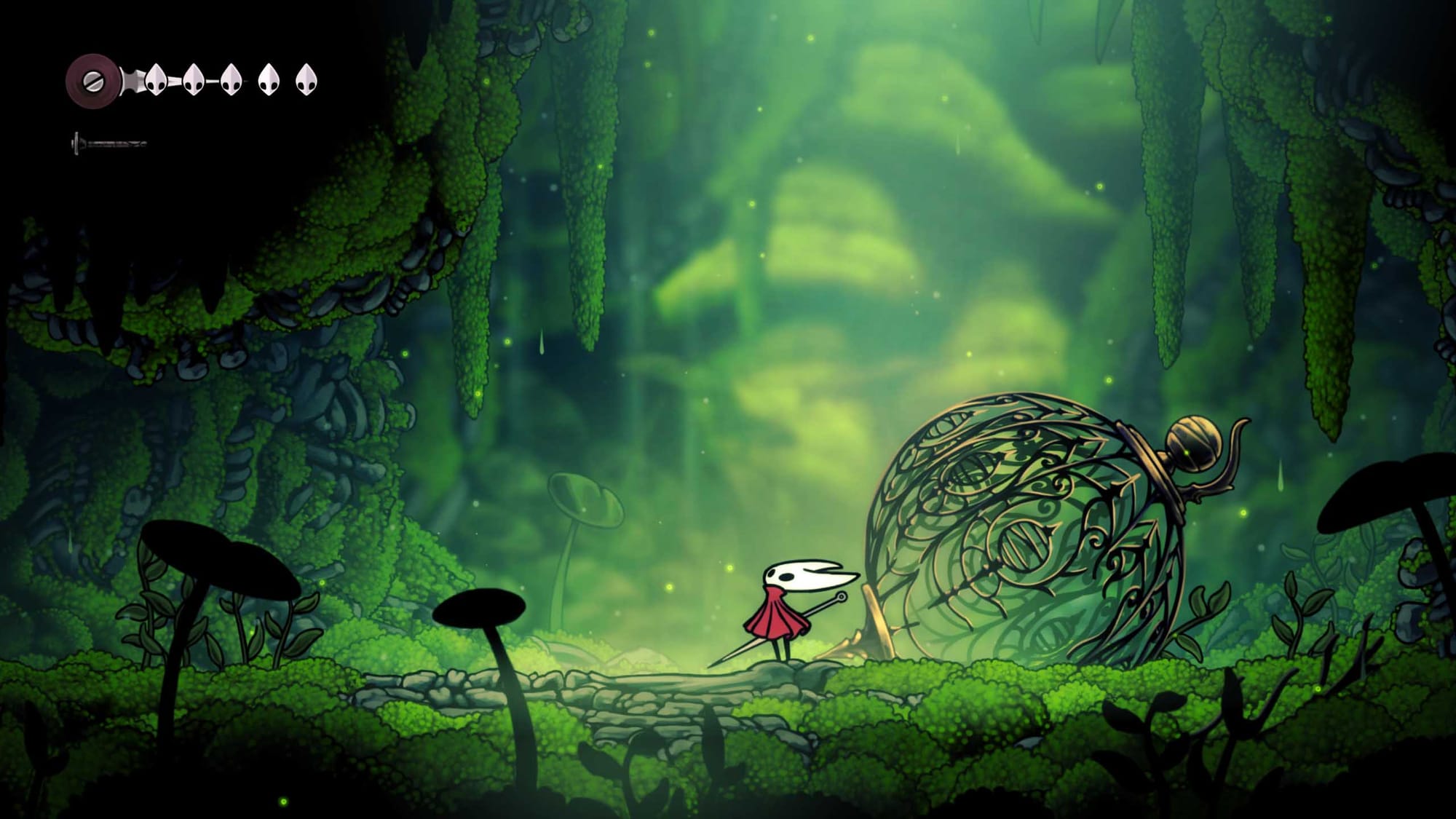
The Reputation Problem
Let's address the elephant—or rather, the silk-spinning bug—in the room. The internet has decided Silksong is "impossibly hard," "only for speedrunners," and "designed to make you suffer." After spending countless hours in the insect kingdom of Pharloom, I'm here to tell you: that's complete nonsense.
But it's also... kinda true.
Here's what nobody tells you about Silksong's difficulty: it's a slow burn. The opening hours are relatively gentle (yes, but the boss…), almost deceptively so. You play as Hornet, a needle-wielding warrior princess who's been kidnapped and taken to a distant kingdom. The early areas—Moss Grotto with its verdant beauty, the coastal expanse of Coral Cascades—ease you in with forgiving checkpoints and manageable enemy encounters.
For those first five to ten hours, I actually felt... capable. My nearly fifty-year-old reflexes, weathered by decades of mortgage payments and parent-teacher conferences, kept up just fine. Better than fine, actually. Hornet moves with a grace and fluidity that makes The Knight from the original Hollow Knight feel like he's wading through treacle. She can dash while attacking, mantle ledges, heal while airborne—all movements that feel natural and responsive rather than twitchy and demanding.
Then, somewhere around hour twelve, Silksong reveals its true nature. Not cruelly, mind you. More like a patient teacher slowly removing the training wheels.
The Moment It Clicked
My breakthrough came during a boss fight against a character called Lace—a warrior whose movement patterns reminded me uncomfortably of my own diminishing agility. For the first twenty attempts, I attacked frantically, button-mashing like it was 1993 and I was back playing Street Fighter II in the local arcade.
I died. A lot.
My daughters watched in rapt attention, offering their own theories. "Maybe she's tired after the spinny attack?" the youngest suggested. The eldest sketched Lace in her notebook, turning her frustration into art after multiple failed attempts.
Then something remarkable happened. On attempt twenty-one, I stopped trying to play like a caffeinated teenager and started playing like an adult—or more accurately, like a dad who'd learned to listen to his kids. I watched Lace's patterns the way my youngest had suggested. I noticed the tiny tells before each attack. I realized that Hornet's dash wasn't just for dodging—it was for positioning. Her dive attack, which swoops diagonally rather than straight down, suddenly made tactical sense.
When I finally defeated Lace, the cheering was loud enough to concern the neighbours. It wasn't because my reflexes suddenly improved. It was because I'd learned to read the fight like I read the complex reports that cross my desk at work: methodically, patiently, looking for patterns and opportunities.
That's when I understood what Team Cherry had created: a game that rewards the exact skills older gamers actually possess. Pattern recognition. Strategic thinking. The patience to fail twenty times and try a twenty-first. We're not slower gamers—we're smarter ones. And sometimes, we're lucky enough to have brilliant young co-pilots suggesting strategies we'd never considered.
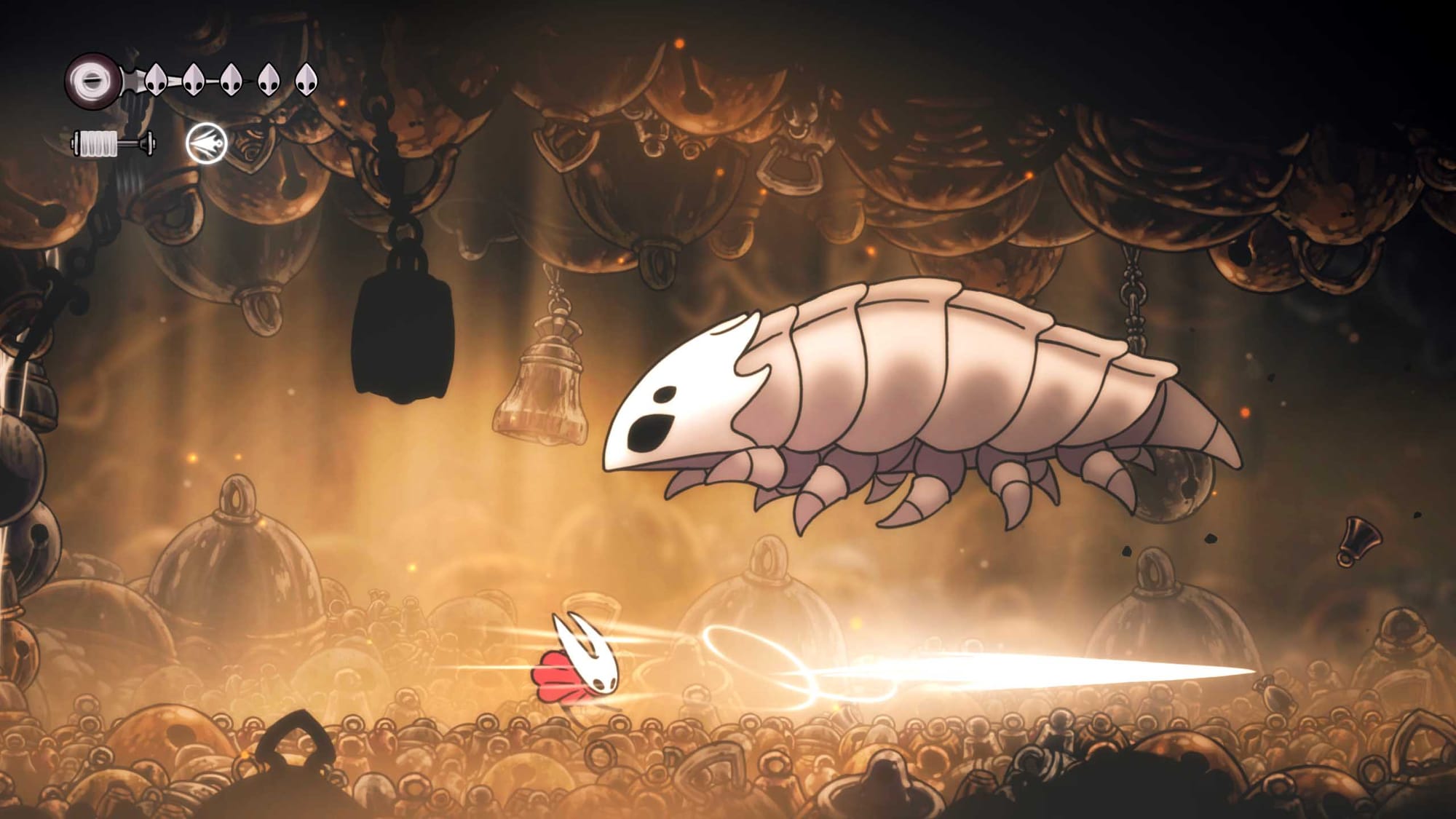
What Makes Silksong Different from Hollow Knight
If you played and struggled with the original Hollow Knight, here's the surprising news: Silksong is actually more forgiving in the ways that matter most.
Better checkpoints: Those bench rest points? They're far more generously placed. Yes, there are still frustrating runbacks to certain bosses (looking at you, Last Judge), but on the whole, you'll lose less progress to death.
Clearer progression: The original game had a tendency to leave you wandering, unsure where to go next. Silksong provides better signposting without holding your hand. The map system remains similar—you'll need to find the cartographer in each area—but the level design itself guides you more naturally.
More mobility from the start: Hornet begins the game far more capable than The Knight ever was. Her light, controllable jump and ability to mantle ledges means fewer deaths from simply missing platforms. When you do die, it feels less like the game cheating you and more like you needing to improve your approach.
Customization options: The new Crest system lets you fundamentally alter how Hornet fights. Struggling with a particular boss? Switch your Crest, change your equipped Tools (think subweapons), and suddenly the fight becomes manageable. It's not quite difficulty settings, but it's surprisingly close.
Do You Need to Play Hollow Knight First?
No. Absolutely not.
I know several Silver Gamers who jumped straight into Silksong without touching the original, and they're having a wonderful time. The story connections are minimal—mostly thematic parallels rather than direct narrative continuity. Hornet was a character in the first game, but Silksong tells a completely standalone tale of her capture and escape.
If anything, starting with Silksong might be the better choice. The quality-of-life improvements, better checkpoints, and enhanced mobility make it a more accessible entry point. Then, if you fall in love with the world and style, you can go back to experience the original with your newly honed skills.
The Silver Gamer's Reality Check
I'd be doing you a disservice if I didn't address the physical reality of playing Silksong!
Your hands will complain: After extended sessions—particularly during the more demanding boss encounters—my hands genuinely ached. The precision platforming sections in areas like Mount Fay demand sustained, careful button presses. I found myself taking mandatory fifteen-minute breaks every hour, doing the hand stretches my physiotherapist recommended years ago.
The text is readable: Blessedly, Team Cherry learned from the original game's tiny text issues. On my TV, I could read everything without squinting, though I did keep my reading glasses nearby.
The pacing accommodates real life: Despite its reputation for brutality, Silksong actually respects your time in ways modern AAA games often don't. There's no grinding, no busywork, no fetch quests designed to pad playtime. Every area has purpose. The generous suspend feature on consoles means you can stop mid-exploration and pick up exactly where you left off days later.
But the distance between saves can frustrate: While checkpoint placement is generally good, certain sections—particularly some of those dreaded gauntlet rooms where you fight waves of enemies—place benches far enough away that repeating the same segment becomes tedious rather than challenging. It doesn't ruin the experience, but it does test your patience.
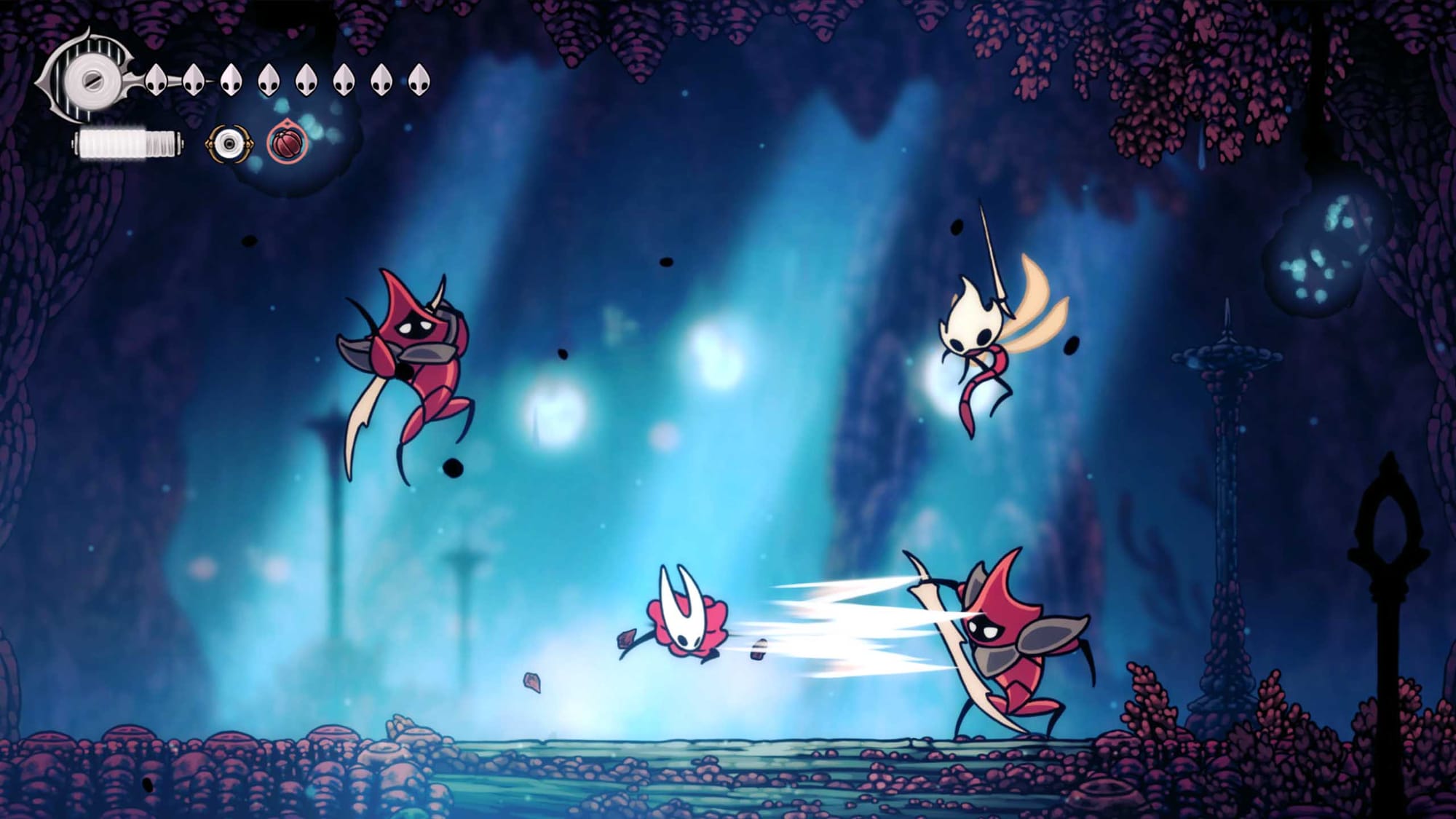
The Beauty That Keeps You Going
Here's what kept me—and my daughters—engaged through the frustration: Pharloom is simply gorgeous.
Where Hallownest (the setting of the original game) was all muted greys and melancholic blues, Pharloom bursts with color while maintaining that signature melancholy atmosphere. The Moss Grotto's verdant tunnels give way to the golden decay of the Citadel. The mechanical precision of the Cogwork Core contrasts beautifully with the organic corruption of areas like the Bilewater Swamps.
My youngest daughter immediately claimed the Moss Grotto as "her favourite place ever in a game," spending ages just watching the background animations of leaves rustling and creatures scuttling about. The eldest has filled an entire sketchbook with interpretations of the game's characters and environments.
And the music. Oh, the music.
Composer Christopher Larkin has outdone himself. Each area has a distinct musical identity that shifts as you progress. The gentle strings of the opening areas evolve into the frantic percussion of late-game challenges. There's one boss fight—I won't spoil which—where the music builds and swells in perfect synchronization with the combat rhythm, transforming what could have been a frustrating encounter into something approaching genuine art.
At several points during my playthrough, I simply stopped moving. The girls went quiet too. We just sat there, letting the visual and audio design wash over us. When was the last time you did that in a modern game? When was the last time a game commanded that kind of reverent silence from pre-teens?
The Diagonal Dive Dilemma
In the original Hollow Knight, The Knight had a straightforward downward strike—simple, reliable, perfect for bouncing on enemy heads like a murderous pogo stick. Hornet's dive swoops forward at an angle, and initially, this change feels wrong. For the first ten hours, I consistently overshot platforms, missed bounces, and cursed Team Cherry's decision to change something that wasn't broken.
But here's the thing: once it clicks, it's brilliant.
The diagonal dive transforms movement into combat. Hornet flips gracefully over enemies after landing a hit, repositioning her for follow-up attacks or quick escapes. In boss fights against fast-moving opponents, the diagonal angle becomes your best friend, allowing you to strike while simultaneously evading.
The problem? Those lengthy platforming sequences that demand precise diagonal bounces off flower buds or mushroom caps. Even after twenty-five hours, I still occasionally miss them, overshooting or undershooting in ways that wouldn't have happened with the original game's straightforward bounce. It's less reliable, which in precision platforming sections becomes genuinely irritating.
My advice: embrace it early. Don't try to make it work like the old system. Treat it as something entirely new, and your muscle memory will adapt faster than you'd think.
The Assist Mode You Need to Know About
Here's something most reviews glossed over but matters enormously: Silksong has accessibility options.
They're not extensive—this isn't Celeste with its granular difficulty modifiers—but they exist. You can adjust enemy damage, increase your starting health, and modify healing effectiveness. The game doesn't advertise these features prominently, almost as if Team Cherry is slightly embarrassed to include them.
I tried them. There's no shame in it.
For the Last Judge boss fight—a notorious difficulty spike that acts as the gateway to the game's final area—I briefly enabled reduced enemy damage just to see the attack patterns without dying in fifteen seconds. Once I understood the fight, I turned the assists back off and beat it "properly."
Did that diminish my accomplishment? Not in the slightest. I still needed to learn the patterns, execute the strategy, and maintain focus throughout the encounter. The assist options simply removed some of the artificial difficulty—the "die before you can learn" problem—and let me engage with the actual challenge.
If you're on the fence about using them, consider this: the alternative is potentially giving up on the game entirely. Which serves your enjoyment more?
What Silksong Gets Magnificently Right
Silksong delivers something increasingly rare in modern gaming: a complete, coherent vision executed with genuine mastery. It's also the rare game that works beautifully as both a solo challenge and a shared family experience. The world tells stories through design alone—every area has a purpose, a history, a reason for existing. The decayed glory of the Citadel speaks to fallen power, while the mechanical precision of the Cogwork Core hints at the kingdom's desperate attempts to maintain control. You don't need to read lore tablets (though they're there if you want them); the environments themselves communicate the tragedy of Pharloom. My daughters invented entire backstories for NPCs based purely on visual design, exactly as they did with the original game. Exploration feels genuinely rewarding too—that hidden path might house a new Crest that fundamentally changes your playstyle, or a Tool that opens up entirely new combat strategies. "Can we explore over there next time?" became the constant refrain during our sessions.
The boss fights at their best—Lace, Phantom, the Cogwork Dancers—feel like perfectly choreographed duels where you learn their rhythm and they learn yours. Victory feels earned rather than lucky, and my daughters quickly learned to predict when I'd finally "get it," celebrating the moment I stopped dying to the same pattern. New abilities don't just open previously blocked paths; they transform how you interact with areas you've already explored. Backtracking, that eternal Metroidvania curse, becomes a joy as you zip through early areas with your expanded moveset, spotting secrets you completely missed the first time through. The girls kept a running list of "places to go back to when Dad can finally double-jump," turning the game's structure into a shared treasure hunt.
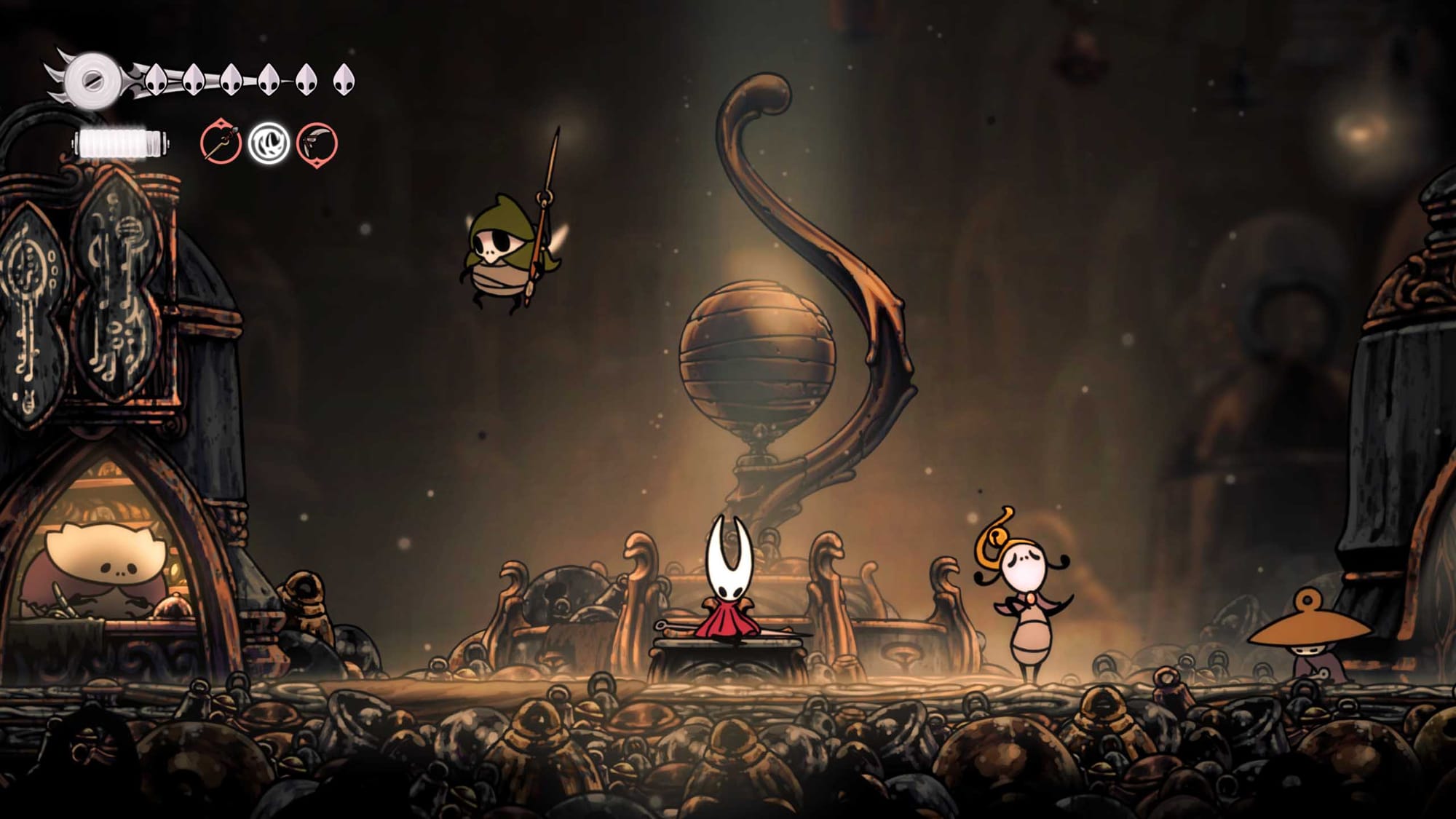
The Time Investment Reality
Let's talk numbers. My first playthrough clocked in at roughly forty hours to reach the initial ending. That's forty hours of actual gameplay, not counting the time spent with the game paused while I dealt with real-life interruptions (which was considerable).
For comparison:
- A typical story-driven game: 8-12 hours
- Most open-world adventures: 30-40 hours with side content
- The original Hollow Knight: 25-35 hours for completion
Silksong is massive. The kingdom of Pharloom sprawls across multiple distinct biomes, each with layers of verticality that make the map misleadingly compact when viewed flat. Hidden areas branch off everywhere. Optional bosses guard secret rewards. Multiple endings require different approaches and unlocks.
But here's the key question: does it respect that time investment?
Yes and no.
Yes, because there's no filler. Every hour teaches you something, shows you something beautiful, or challenges you to improve. The game never wastes your time with grinding or busywork.
No, because some of those hours will be spent repeatedly attempting the same challenge. When I spent two hours learning the Savage Beastfly patterns before finally achieving victory, was that time well-spent? In hindsight, absolutely—the satisfaction of finally winning was immense. In the moment, during attempt number forty-seven? I genuinely questioned my life choices.
The Verdict for Silver Gamers
After forty-plus hours navigating Pharloom's silken corridors, surviving its brutal challenges, and discovering its countless secrets, here's my honest assessment:
Silksong is not for everyone, but it might be for you.
If you want a relaxing evening unwinding after a stressful day, this isn't your game. If you need guaranteed progress every session, look elsewhere. If you have limited patience for repetition, Silksong will test you.
But if you're willing to embrace challenge as a form of meditation—if you can find satisfaction in slow, incremental improvement—if you remember the feeling of finally beating that "impossible" level in games from your youth—then Silksong offers something increasingly rare: the opportunity to genuinely surprise yourself with what you're capable of.
I've beaten bosses I thought were beyond me. I've executed platforming sequences that seemed impossible on first sight. I've explored a world more beautiful and cohesive than most AAA studios manage with ten times the budget and staff.
Have I enjoyed every moment? Absolutely not. Some deaths felt cheap. Some difficulty spikes felt arbitrary. Some design choices seemed deliberately obtuse.
But would I do it all again? Without hesitation.
Hollow Knight Silksong Release Trailer
Perfect for you if:
- You enjoyed classic Metroid or Castlevania games
- You find satisfaction in mastering difficult skills
- You appreciate beautiful art and music
- You want a complete, polished experience with no microtransactions or live-service nonsense
- You're willing to use assist options when needed without feeling guilty
Skip this if:
- You need relaxing, stress-free gaming sessions
- You have limited patience for repetition
- You struggle with precise platforming
- You prefer games that guarantee progression every session
- You don't enjoy learning through failure
The Setup for Success: Practical Advice
If you decide to take the plunge, here's how to set yourself up for the best possible experience:
Controller choice matters: I played with an Xbox Elite Controller, and the rear paddles made a genuine difference for aerial maneuvers. If you have arthritis or hand pain, consider controllers with larger grips or programmable buttons that reduce finger strain.
Take breaks religiously: Set a timer. Every hour, stop and stretch. Your enjoyment—and your hands—will thank you.
Embrace the assist options early: Don't wait until you're frustrated to enable them. If a boss is taking more than twenty attempts, there's no shame in reducing enemy damage to learn the patterns.
Join the community: The Hollow Knight Discord has an incredibly helpful community. When you're stuck, ask. People are genuinely excited to help without spoiling.
Plan your sessions: Silksong isn't a "play for fifteen minutes while dinner cooks" game. Give yourself proper time windows—an hour minimum—so you're not constantly rushed.

